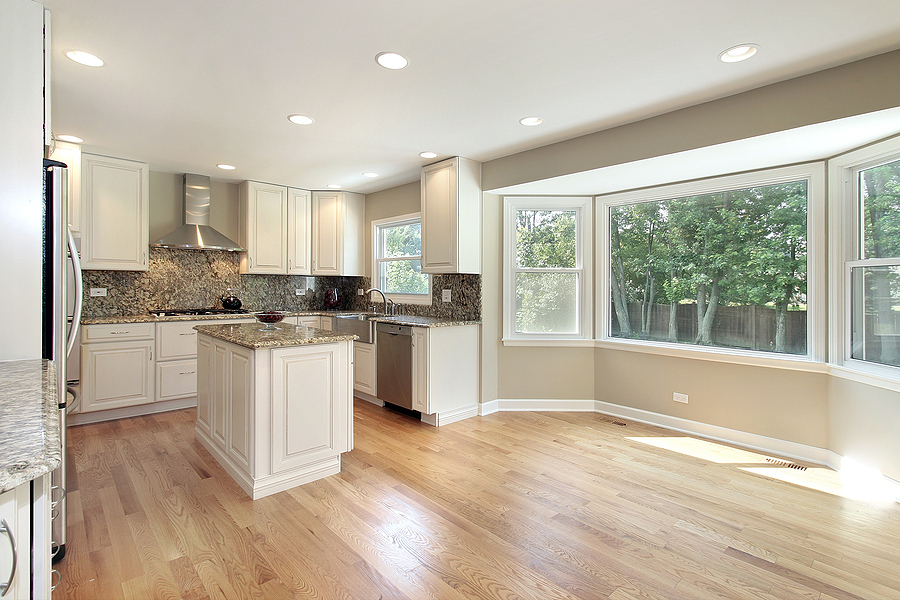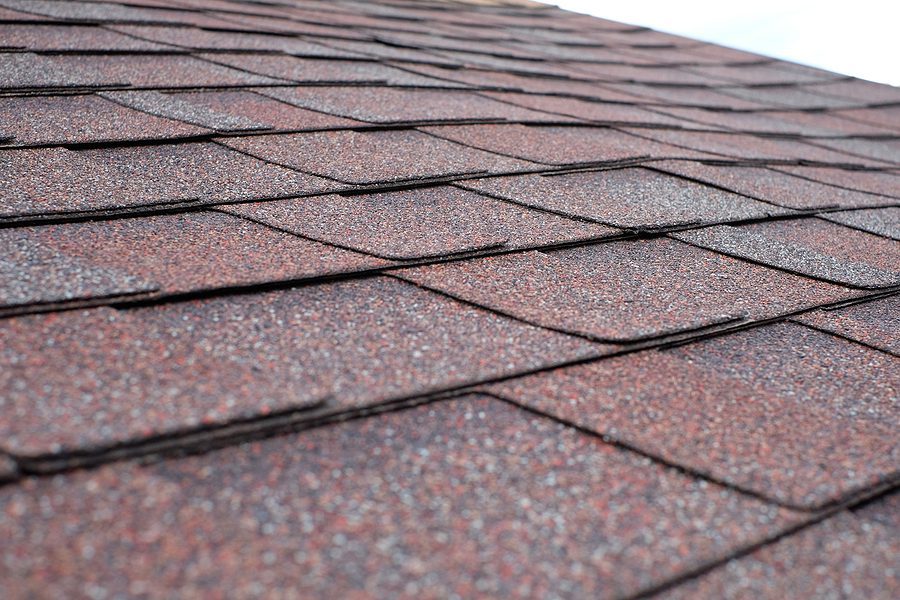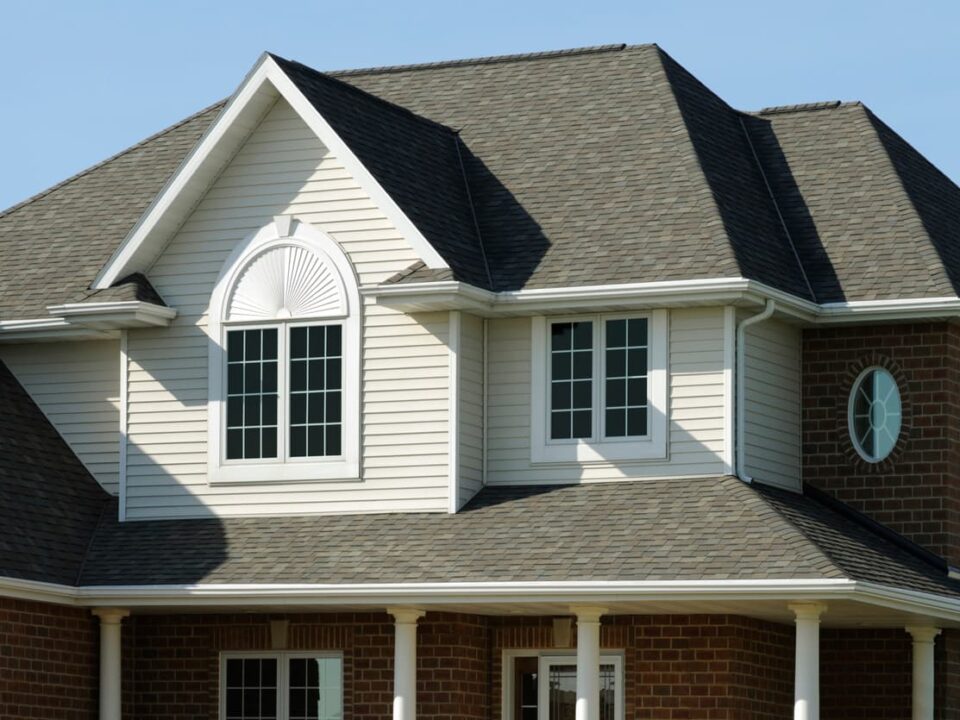
What to Consider When Shopping for New Bathroom Windows
November 13, 2020
Can I Replace My Windows with Bigger Windows?
November 17, 2020One major thing that is often overlooked when selecting asphalt shingles for your new roof is the color. Many homeowners are unaware that the color of the shingles can actually affect the performance of their new roof.

How the Color of Your Roof Reflects or Absorbs Heat
The color of your shingles affect much more than just the look of your home. The color of your new roof can affect your home’s internal temperature. Generally, the lighter colored shingles reflect heat rays, whereas darker colored shingles can absorb the heat. Color isn’t the only thing that affects the temperature of your home. The roofing material also affects how reflective your roof is or isn’t.
If you have light colored shingles, your home absorbs less heat through the roof in the summer, allowing your air conditioner to operate more efficiently, using less energy and often resulting in lower utility bills. If you have darker colored shingles, this likely raises the temperature inside your home’s highest rooms, causing your cooling system to work harder to keep up and your utility bills could reflect this. However, in the winter months, the opposite occurs, with darker shingles bringing in more desired heat from the sun than lighter shingles.
Dark shingles are likely a better choice if you live in a colder climate with long winters and shorter summers, whereas those who live in warmer climates may opt for lighter colored shingles.
Does the Color of Your Roof Affect Snow Melt?
Since dark shingles absorb more heat, they’re rumored to help with snow melt. This could explain why darker roof shingles seem to be more popular in northern areas that get more snowfall, but do dark shingles really help the snow melt away? Likely not as much as it seems.
If you consider that northern cities have fewer sunny daylight hours during the colder, winter months, less sunlight exposure means fewer sun beams beating down on a roof and less time for the roof to absorb heat. Also consider that black roofs may not even appear black in the winter because they’re covered in snow. White snow reflects away most of the sunlight, so the dark shingles underneath can’t absorb the heat to melt the snow. Therefore, dark shingles may have a small effect when it comes to snow melt, but not a major one. If your roof experiences winter complications such as ice dams, it’s most likely not the roof color to blame, but insufficient attic insulation and improper roof ventilation creating the problem.
Which Color is the Better Choice?
While there is no straightforward answer, it is said that light colored shingles are best for houses in warmer climates and dark colored shingles are best for colder climates, but ultimately, it’s up to the homeowner to decide which color is best for their new roof. With so many advances in roofing materials and color selections today, it shouldn’t be difficult to find a shingle color in a roofing material that best suits your home, climate, and homeowner’s association restrictions, if applicable.
If you’re wondering which color is the best choice for your new roof or have any additional questions about how color can affect roof performance, contact your reputable, local roofing professionals at Armorvue Home Exteriors for guidance. Whether you need help with installation, selecting the right roofing materials, or even color selection, we’ve got you and your home covered. Let’s talk about your new roof today!
Subscribe to ARMORVUE Home Exteriors’s Blog
Get ARMORVUE Window & Door’s latest articles straight to your inbox. Enter your name and email address below.




